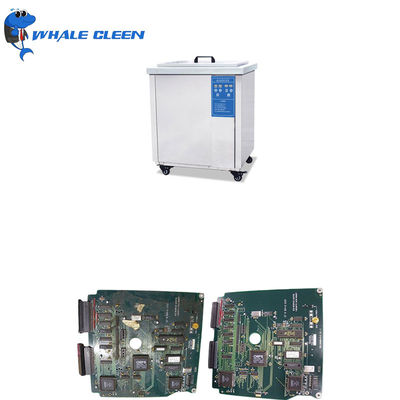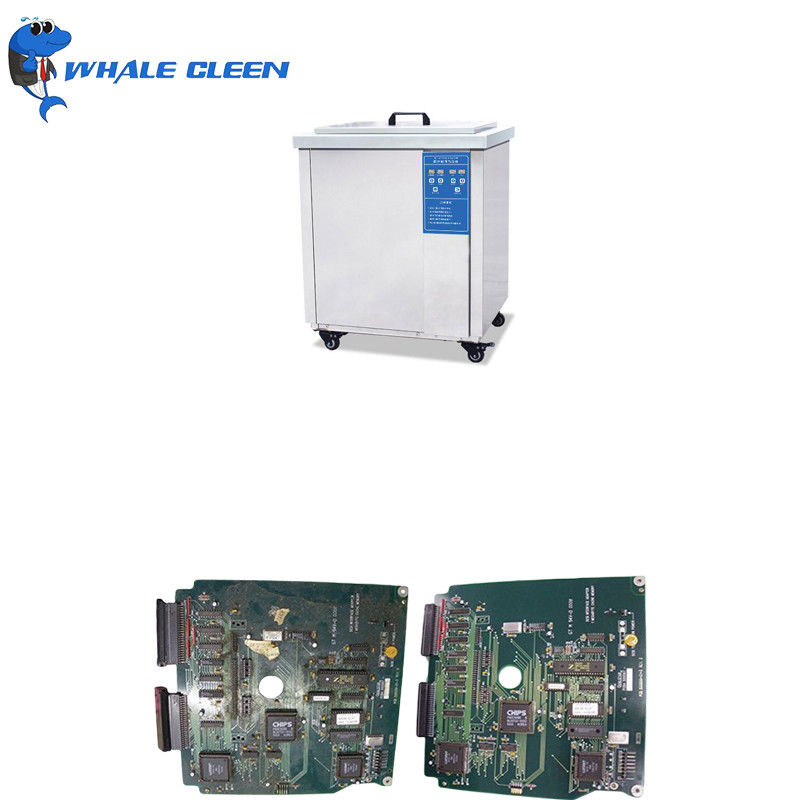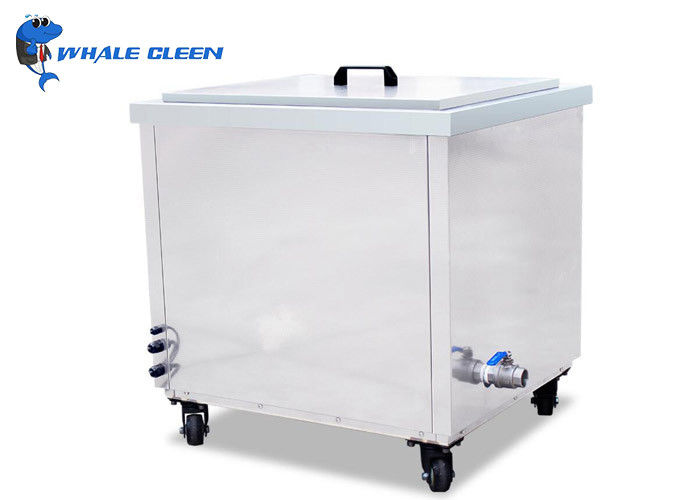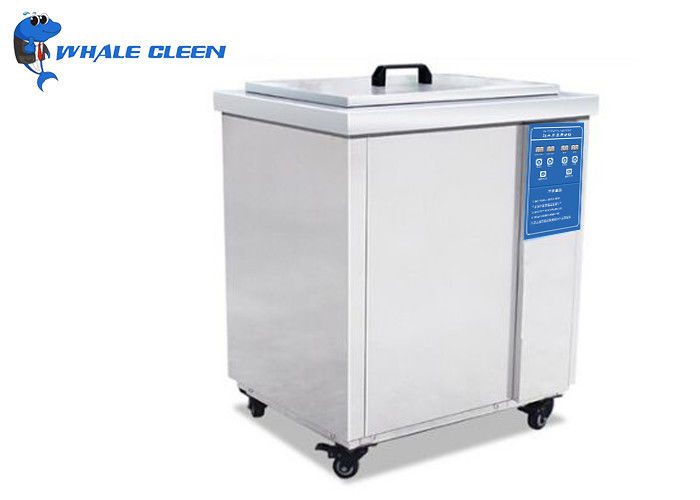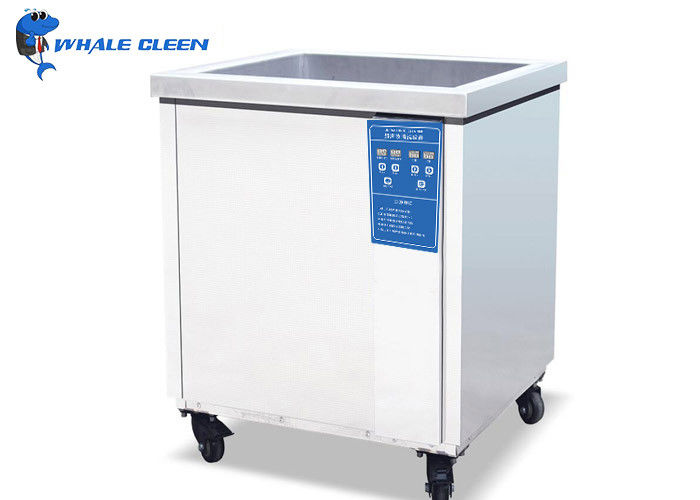-
Highlight
108L Ultrasonic Auto Parts Cleaner
,1.5KW Ultrasonic Auto Parts Cleaner
,108Liter Automotive Ultrasonic Cleaner
-
Tank Capacity108Liter
-
Heat Power3KW
-
Timer0~99Min Or 0-99H
-
Heater20~95C
-
Tank Size600*450*400mm
-
Unit Size740*590*620mm
-
Product NameUltrasonic Washer
-
Ultrasonic Power1500W
-
Place of OriginChina
-
Brand NameWhale Cleen
-
Certificationce roths
-
Model NumberZ-X03
-
Minimum Order Quantity1 Units
-
PriceNegotiable
-
Packaging DetailsWooden Case Packing
-
Delivery TimeDepend On Quantity
-
Payment TermsT/T
-
Supply Ability10000 Units Per Month
108L Ultrasonic Auto Parts Cleaner
1.5KW 108L Ultrasonic Auto Parts Cleaner With Heater And Digital Control
Why You Should Have Whale Cleen sonic Ultrasonic Auto Parts Cleaner?
An ultrasonic cleaner can thoroughly removes carbon deposits, grease, and other types of dirt and contaminants from carburetors, exhaust manifolds, cylinder blocks, motorcycle engines, ATV cylinders and more. It can also be used on smaller parts such as plugs, screws, bolts and fixtures. Ultrasonic cleaners can also be used in the marine industry on inboard and outboard motors because the cleaning process is both thorough and gentle on aluminum parts, which reduces the risk of future corrosion.
An ultrasonic cleaner uses high frequency sound waves to create literally millions of tiny, microscopic bubbles in the solution. These bubbles expand and then rapidly collapse. As they collapse, they release a significant amount of energy creating an intense “scrubbing” action which is effective on visible surfaces as well as small crevices and even blind holes. Dirt can be loosened and removed from any surface that the liquid touches. The bubbles are small enough to penetrate even microscopic crevices, cleaning them thoroughly and consistently every time. This action, called “cavitation” occurs thousands of times every second to quickly produce the cleanest and dirt free parts.
According to Automotive manufacturing solutions, “Ultrasonic cleaners thoroughly clean and remove carbon deposits, grease, oil, and other dirt from carburetors, automotive, marine and aircraft engine parts.” In the automotive industry,
Data Sheet Of z-x03:
| Specifications for ultrasonic cleaner z-x03 | |
| Model | z-x03 |
| Tank capacity | 108L |
| Tank size | 600*450*400mm |
| Unit size | 740*590*620mm |
| Tank material | 2mm SUS304 |
| Ultrasonic power | 1500W |
| Heating power | 3KW |
| Timer | 1-99h adjustable |
| Heater | 0-95c adjustable |
| Frequency | 28/40khz |
| Control | Inside generator, more stable |
| Optional | Oil filter system, pneumatic lift, rinsing tank, etc. |
| Voltage | 110V, 1phase; 220V, 3phases/220V, 1phase; 380V, 3phases |
| Warranty | 1 year |
| Packing | 1unit/wooden case |
If this model is not suitable for your cleaning,please contact us for more detail.
Customer's Feedback:
![]()
ULTRASONIC CHARACTERISTICS
Ultrasonic cleaning uses cavitation bubbles induced by high frequency pressure (sound) waves to agitate a liquid. The agitation produces high forces on contaminants adhering to substrates like metals, plastics. glass, rubber, and ceramics. This action also penetrates blind holes, cracks, and recesses.
The intention is to thoroughly remove all traces of contamination tightly adhering or embedded onto solid surfaces. Water or other solvents can be used, depending on the type of contamination and the workplace. Contaminants may include dust, dirt, oil, pigments, rust, grease, algae, fungus, bacteria, lime scale, polishing compounds, flux agents, fingerprints, soot, wax and mold release agents, biological soils like blood, and so on.
Ultrasonic cleaning can be used on a wide range of shapes, sizes and materials, and may not require the part to be disassembled prior to cleaning. Objects must not be allowed to rest on the bottom of the device during the cleaning process, because that will prevent cavitation from taking place on the part of the object not in contact with water.

